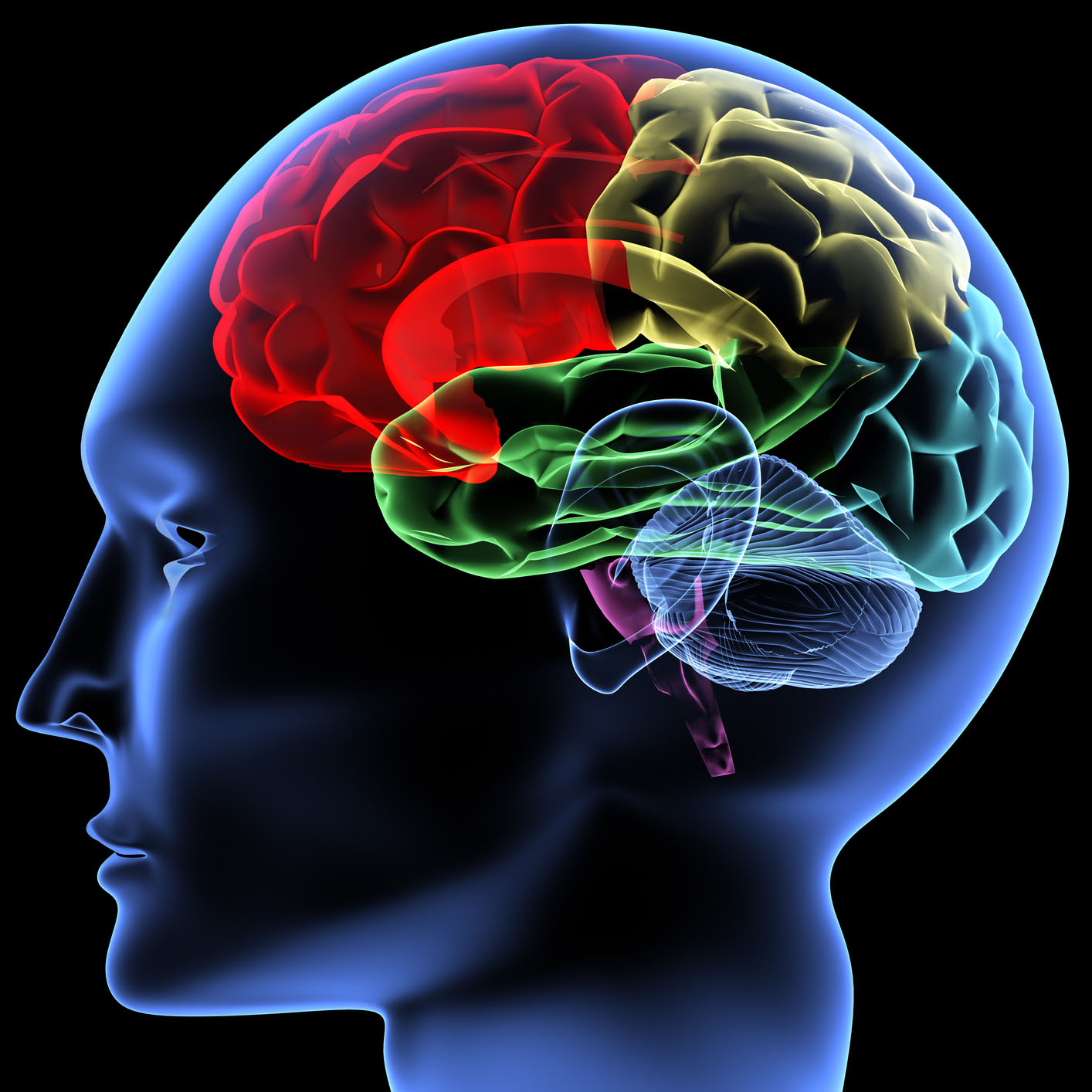
Pain tolerance is something that varies in individuals, with some people able to tolerate higher thresholds of pain than others. While we don’t have all the answers as to what makes some people able to tolerate chronic pain better than others, there are studies being conducted that are shedding light on this topic. What researchers are finding is that chronic pain may actually change the brain, making those who have it become more tolerant of it over time.
In the November 2015 issue of the journal Pain, researchers tested a group of people who had arthritis and who didn’t, in order to observe brain imaging. Their aim was to help uncover some of the reasons of why there is so much variability when it comes to pain tolerance. They were specifically looking at the level of receptors in the brain that respond to feel-good chemicals, such as endorphins, which are released during exercise (1).
What their research found was that those who had more opioid receptors in the brain were the ones who were better able to handle the pain. They used heat on the participants to induce pain for the observation. Further, they found that those who had more opioid receptors were also the ones who had the worst arthritis, leading them to believe that they had experienced an adaptive brain response due to their chronic pain. This study will also lead to finding ways that people can increase the number of opioid receptors in the brain.
This research is good news for those with chronic pain, because it suggests that over time the brain adapts to help make it more tolerable. Plus, there are ways that we can strive to create more opioid receptors in the brain, to further help with chronic pain management. According to the National Institutes of Health, engaging in a regular and long-term practice of yoga may be beneficial in this area (2). They report that those who regularly practice yoga have more gray matter in the brain areas involved with pain processing, helping them to better tolerate pain.
The more tools we have to help with living with chronic pain, the better off those who have it will be. Over time, they may find that they adapt and are better able to tolerate it. We are also able to do things to help improve our tolerance, adding to the numerous chronic pain management options that are available.
Sources:
- Pain. 2015 Nov;156(11):2267-75. doi: 10.1097/j.pain.0000000000000299.
- National Institutes of Health. Yoga practice may improve pain tolerance and alter brain anatomy. <https://nccih.nih.gov/research/results/spotlight/062013>







